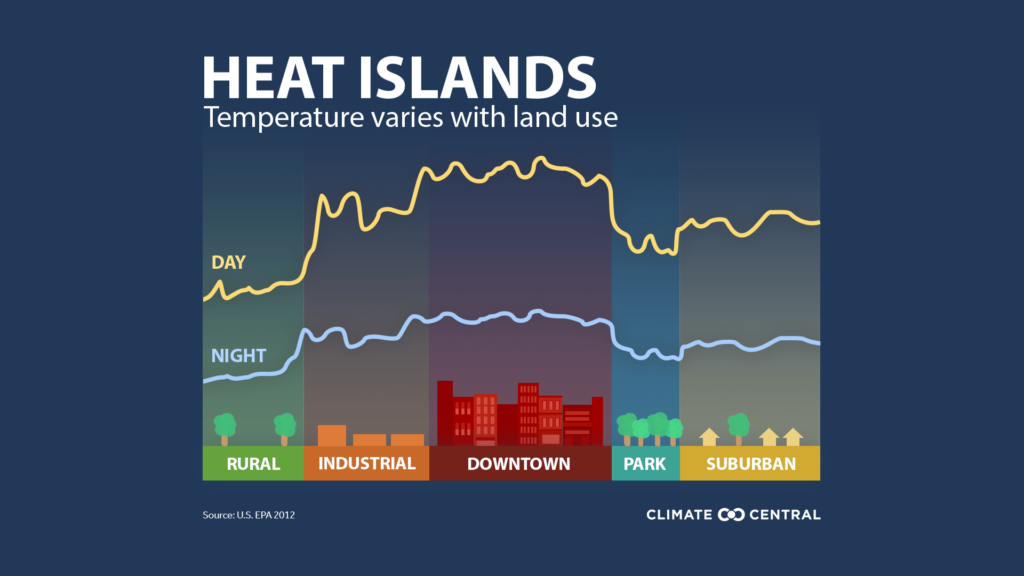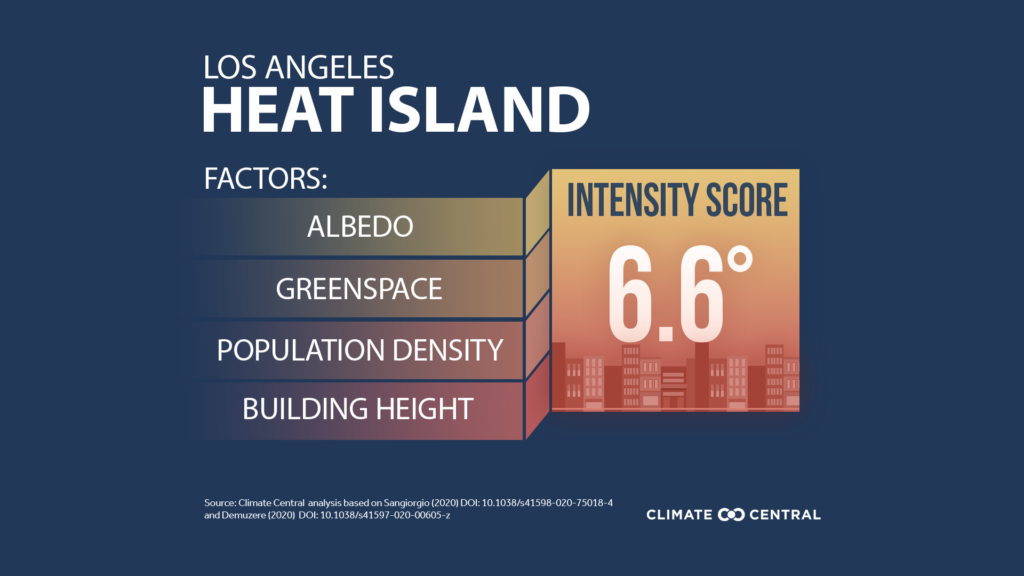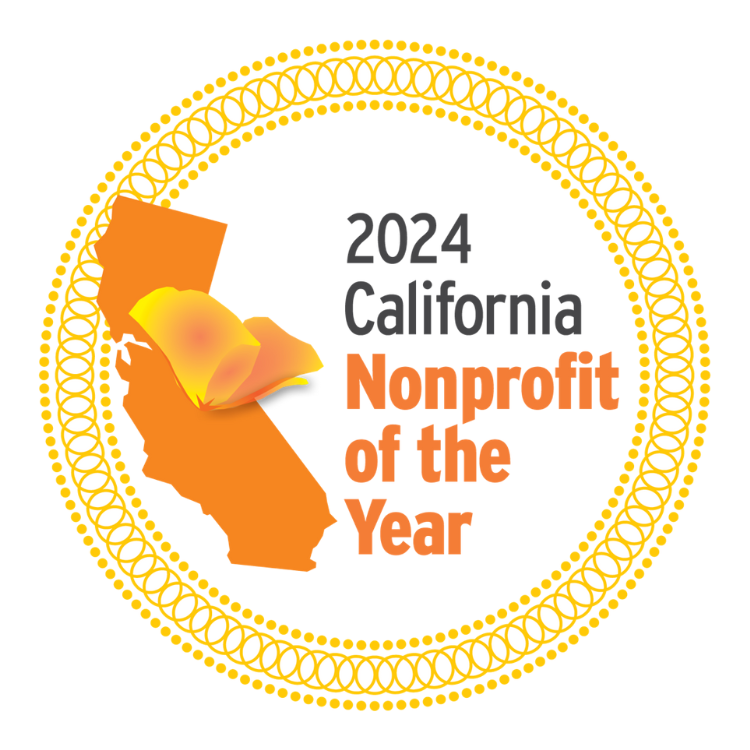Alternate languages available
California is experiencing more frequent episodes of extreme heat due to the worsening climate crisis. Extreme heat can be hazardous and even deadly if people are not well prepared for the rising temperatures and their consequences. Looking ahead, it is even more crucial that we watch out for signs of heat stroke and continue to plan activities with the weather in mind.
Signs of someone experiencing extreme heat-related sickness include:
- headache and/or confusion
- heavy sweating
- muscle cramps
- nausea, vomiting, dizziness
If you believe you or someone you know is experiencing heat sickness, do not hesitate to call 911.
Urban areas, like much of Southern California, can experience higher temperatures than other areas due to what’s known as the heat island effect. Manufactured structures absorb and re-emit the sun’s heat more than natural lands like forests or bodies of water.

For more information on why urban areas are at a higher risk of climate-induced heating than other areas, visit the EPA’s page on the heat island effect.
With world-class amusement parks and incredible nature spaces, children in Southern California have ample opportunities to enjoy the outdoors. However, did you know that kids are more prone to dehydration than adults due to their smaller mass-to-surface area ratio? Children also tend not to know when to take breaks from having fun to cool off.

Here are a few ways you can ensure your child’s safety while they play in the SoCal sun:
- wear sunscreen on exposed body parts
- drink plenty of water often (at least one cup every hour)
- educate them on heat safety and the associated risks
- dress appropriately (wear light-colored, loose, breathable clothing)
- never leave them alone in a parked car
For more information regarding extreme heat and how to be prepared, visit HeatReadyCA.com.






